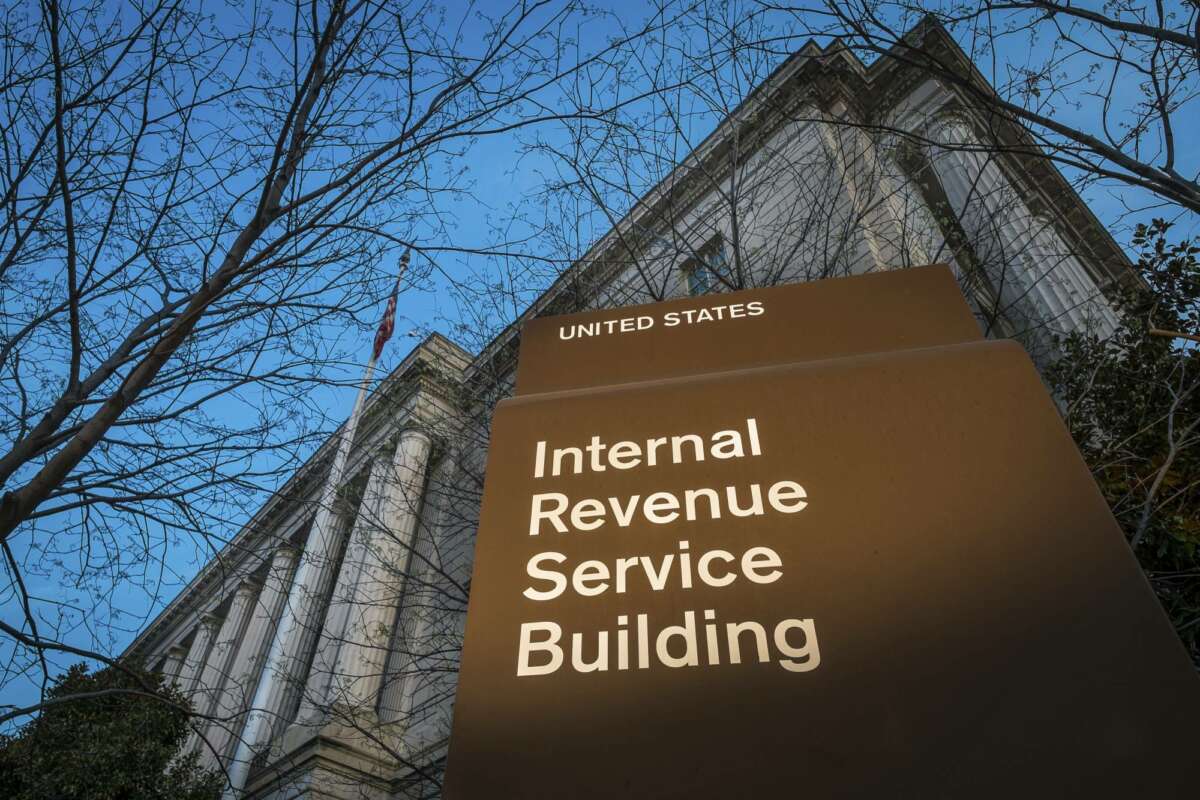
Early in life there are three basic rules that most Americans learn if they want to get by, and prosper, in life. Those rules are:
- Don’t mess with the Internal Revenue Service!!
- Don’t get into a land war in Asia!!
- Don’t mess with the IRS!!
Simple enough, right? And yet, time after time, stuff happens. History really does repeat itself. Take the CARES Act.
This year’s new twist income tax nightmare comes courtesy of a global pandemic. The Coronavirus Aid, Relief, and Economic Security Act, also known as the CARES Act, is a $2.2 trillion economic stimulus bill passed by the 116th U.S. Congress and signed into law by President Donald Trump on March 27, 2020 in response to the economic fallout from COVID-19. This year, for example, millions of confused/angry/frustrated Americans are bumping up, again, against rules-of-life 1 and 3. In this case there are new rules — courtesy as always of the House, Senate and White House — dealing with the CARES Act and your 401k plan.
Among other things, the CARES Act allowed many Americans to delay taking a required minimum distribution from their 401k (or TSP) plan. But, as with any tax code change written by Congress, nothing is simple. Or as it seems. Millions of Americans were confused by the rules which let people make changes in their RMDs. Result: Millions are still baffled, and often angry, with the complex new deal. So we punted.
I asked Kim Weaver, director of external affairs for the Federal Retirement Thrift Investment Board, to simplify things, if possible. The FRTIB runs the Thrift Savings Plan program. Here, brave soul that she is, is what she passed along:
Did you get a 1099-R from the TSP and you’re mad as heck? Do you want to know how to read your 1099 and report a rollover on your tax return?
The TSP recently posted this on its website:
“1099-Rs for repaid 2020 RMDs are correct — If you received a required minimum distribution (RMD) from your TSP account in 2020, we must report the income and send you a Form 1099-R even if you rolled the money back into your account or into another retirement account under the terms of the CARES Act. You may have already received the 1099-R. You should not expect a “corrected” 1099-R. Remember that not all reported income is taxable income. If you received an RMD that was eligible for rollover in 2020 and you repaid it or rolled it over by the deadline, then it’s not taxable income. Please consult the IRS or a tax adviser for instructions and additional information on tax filing.”
Why did the TSP take the unusual step of assuring people it wasn’t making a mistake? The TSP is hearing from a lot of participants who are confused and angry. The TSP shared this information with me and asked me to share it with my readers:
“The CARES Act passed by Congress in March of 2020 suspended the requirement to take a required minimum distribution from the TSP. If someone had received an RMD before the CARES Act was enacted and implemented, the CARES Act allowed them roll over that money, either back to the account they withdrew it from or another tax-qualified plan, or IRA. In other words, if someone has a TSP account and a 401(k) account, they could receive an RMD from the TSP and roll it to their 401(k).
If a TSP participant received a distribution in 2020, the TSP is required to send a 1099-R to that participant, even for required minimum distributions that were waived by the CARES Act. However, and this is a big however, just because you receive a 1099-R, it doesn’t mean you have to pay taxes on that money if you have rolled it back into the TSP or to another plan or IRA. The 1099-R is only for reporting money that a participant receives from their TSP account or money that a participant asks the TSP to rollover directly to another plan on the participant’s behalf. If you received money from the TSP and then you rolled it over yourself, then your distribution from the TSP gets reported on the 1099-R but your rollover does not.
When you file your taxes with the IRS, we encourage you to consult the IRS Instructions for Form 1040 where they explain how to report a rollover. Follow those instructions, do the best you can if those instructions are unclear, and consult your tax preparer if you are using one. Rest assured that, at the end of the day, your rollover is not taxable if the CARES Act said you could roll it over and you met the deadline for doing so.
We hope this information helps our participants navigate the upcoming tax season a little more easily.”
Nearly Useless Factoid
By Alazar Moges
The largest denomination of currency ever printed by the Bureau of Engraving and Printing (BEP) was the $100,000 Series 1934 Gold Certificate featuring the portrait of President Wilson. These notes were printed from December 18, 1934 through January 9, 1935 and were issued by the Treasurer of the United States to Federal Reserve Banks only against an equal amount of gold bullion held by the Treasury Department. The notes were used only for official transactions between Federal Reserve Banks and were not circulated among the general public.
Source: Treasury Department


Comments are closed.